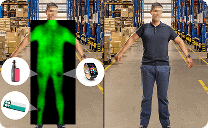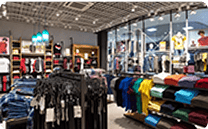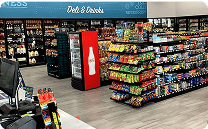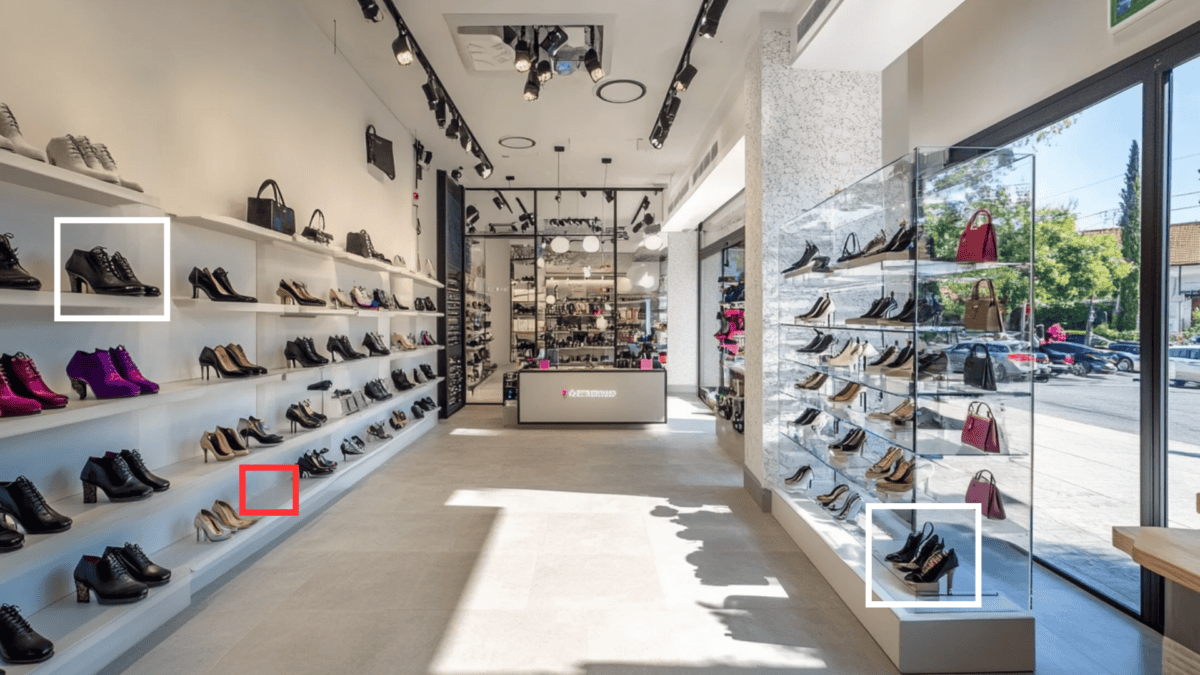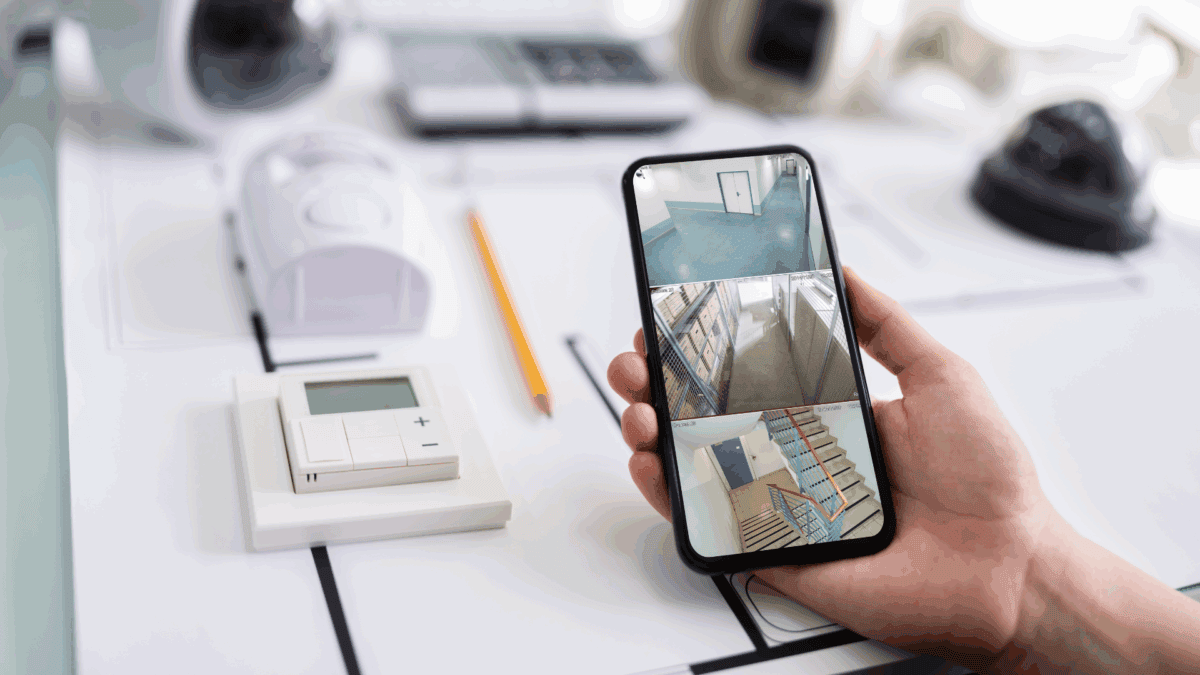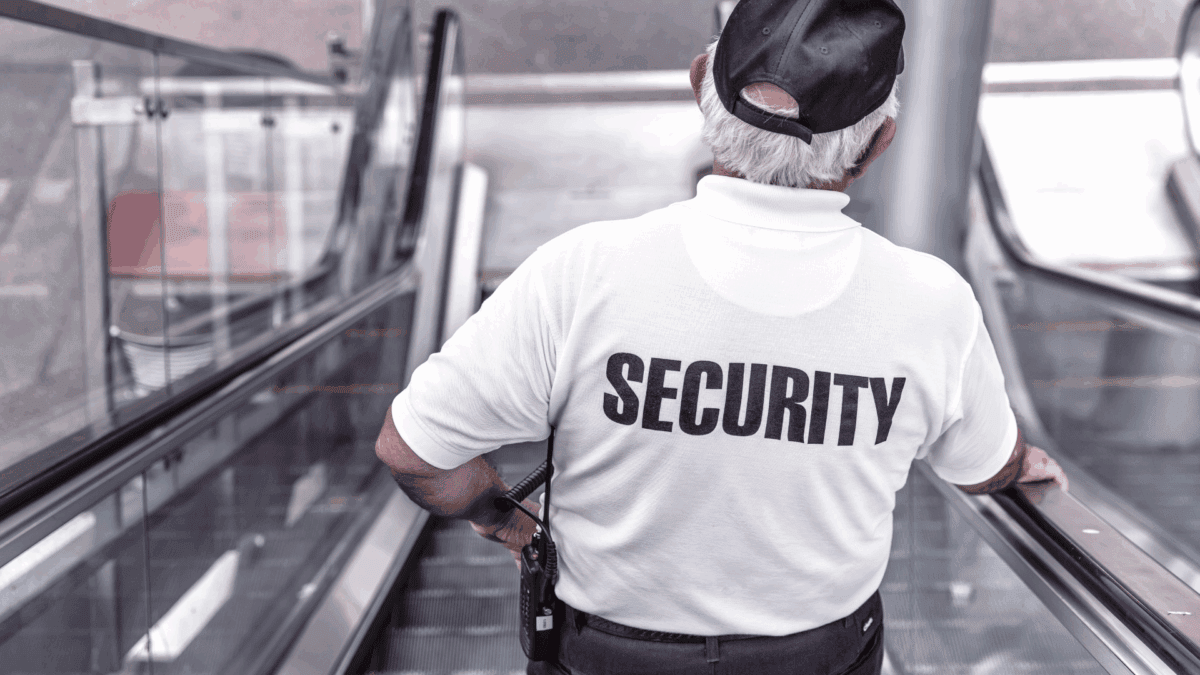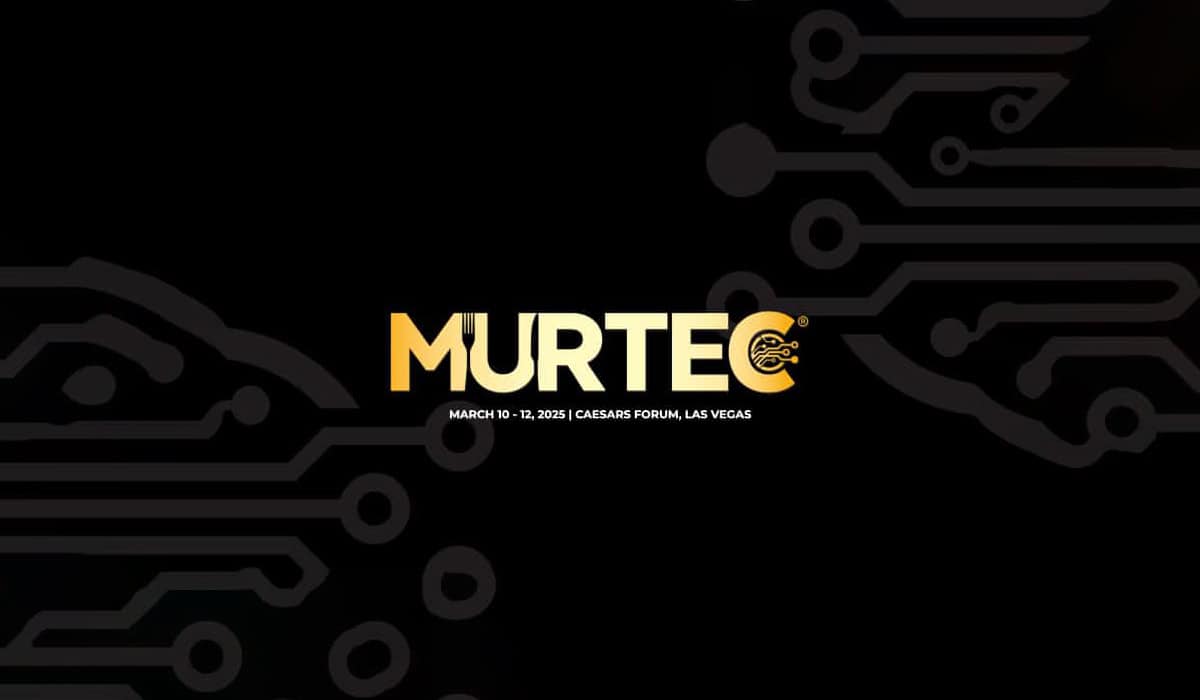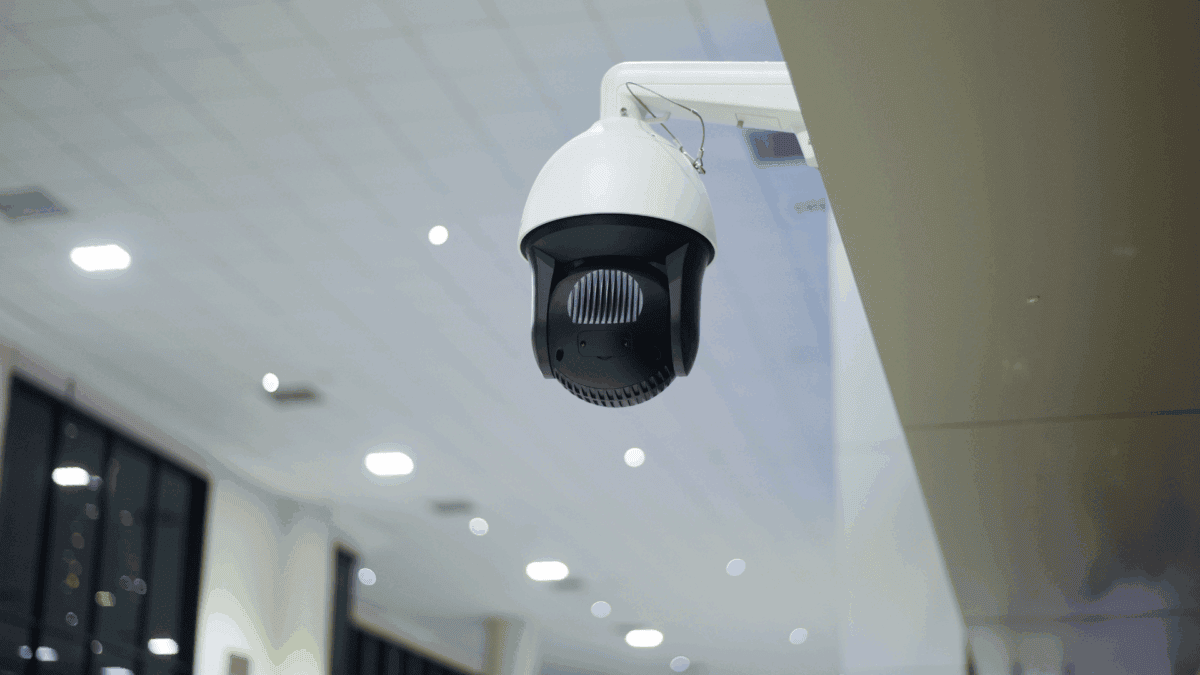History of Security Cameras: How Did CCTV Evolve
In This article
It’s hard to imagine the places we go daily without the ever-present CCTV cameras quietly monitoring public spaces, businesses, and private properties. The history of security cameras reveals a fascinating journey of technological innovation, changing from primitive systems to today’s AI-driven, cloud-integrated marvels. Understanding where CCTV came from can help you appreciate how essential these systems have become in safeguarding our lives and assets.
The Origins of CCTV
The history of security cameras begins in the 1940s during World War II with the invention of closed-circuit television (CCTV). The very first documented use of CCTV technology was by the German military in 1942. Engineer Walter Bruch designed a rudimentary system to monitor the launch of V-2 rockets safely from a distance, providing real-time visuals without exposing operators to danger. This early use of CCTV in a wartime context underscores its crucial role in remote monitoring and safety.
At this stage, CCTV was purely analog and had minimal functionality. There was no capability to record footage; the cameras transmitted live images to a designated monitor. These early surveillance systems found their niche primarily within military and government applications, focusing on sensitive areas like secret facilities and government buildings.
As technology continued to evolve, analog CCTV systems were slowly adapted for non-military use, although progress was relatively slow during the immediate post-war period.
The 1970s – The Birth of Commercial CCTV Systems
By the 1970s, CCTV began entering public and commercial settings. Businesses, banks, and municipal authorities realized the potential for monitoring environments to deter crime and improve public safety.
During this decade, black-and-white cameras connected by wired systems became the norm. Although bulky by today’s standards, these setups allowed for basic surveillance in stores, parking lots, and government buildings.
One significant advancement was the introduction of video cassette recorders (VCRs) for capturing footage. This leap forward allowed businesses to review incidents after they occurred, marking an essential leap forward in the history of security cameras.
However, the technology was limited—video quality was poor, storage capacity was low, and manually changing or archiving tapes was labour-intensive. These limitations, which are starkly different from the capabilities of modern CCTV systems, highlight the significant advancements that have been made in the field of surveillance technology.
The 1980s – Advancements in Technology and Expansion
The 1980s saw dramatic improvements in CCTV capabilities. Color cameras started to replace black-and-white models, offering clearer, more detailed footage. The ability to record in color was a critical shift, making it easier for authorities and businesses to identify individuals and capture finer visual details.
Motion detection technology also became cost-effective, reducing storage needs by recording only when activity is detected. This innovation helped businesses avoid endless hours of empty footage, making surveillance much more efficient.
Adoption of CCTV expanded rapidly into retail, banking, and public transportation. Malls, banks, subway systems, and airports increasingly rely on surveillance to discourage theft, enhance public safety, and manage foot traffic. The advancements in the 1980s, such as color cameras and motion detection, significantly improved the effectiveness of these surveillance systems in preventing and solving crimes, thereby enhancing public safety.
The 1990s – Digital Surveillance and the Internet Revolution
The 1990s marked a technological leap from analog to digital surveillance. With the rise of digital CCTV systems, video quality improved substantially, storage became easier, and footage retrieval became more practical.
The development of DVR (Digital Video Recorder) systems replaced VCRs. DVRs allowed for extended storage, random access to any point in the recording, and elimination of the constant need to swap tapes. It also introduced timestamping, which became vital for legal evidence.
Networking capabilities began to emerge as well. The early stages of internet-connected CCTV systems enabled remote monitoring—a glimpse of things to come in the new millennium.
The 2000s – High Definition and Wireless CCTV
The 2000s ushered in a new era of surveillance sophistication. High-definition (HD) cameras offered unparalleled clarity compared to older systems. Now, facial features, license plates, and other important details could be easily captured.
Wireless technologies began gaining traction, allowing businesses and homeowners to install cameras without complex wiring infrastructure. Wi-Fi-enabled systems reduced installation time and costs dramatically, encouraging broader adoption.
Remote monitoring also came of age during this decade. Thanks to improved internet speeds and mobile device innovation, business owners can view live camera feeds virtually anywhere. These developments signaled massive growth in CCTV systems development and digital CCTV systems capabilities.
The 2010s – Smart CCTV Systems and Cloud Integration
The 2010s witnessed another dramatic transformation. CCTV systems became “smart,” harnessing artificial intelligence (AI) for features like facial recognition, object recognition and tracking, behavior analysis, and automated alerts.
At the same time, cloud computing began revolutionizing how video footage was stored and managed. Instead of relying on on-site servers, businesses could save footage securely in the cloud, offering scalability, better disaster recovery, and easier access to archives.
Smart cities worldwide have embraced these innovations, integrating CCTV into broader urban management systems. Modern CCTV cameras have become essential for crime prevention, traffic management, crowd monitoring, and emergency response coordination.
The 2020s and Beyond – Future Trends in CCTV Technology
Looking ahead, the future of CCTV technology promises even more incredible advancements:
- AI and Machine Learning: Systems will continue to get smarter, with predictive analytics identifying potential threats before they materialize. The role of AI in the future of CCTV is not just promising, but also fascinating, as it opens up new possibilities for proactive security measures.
- 5G and Edge Computing: Faster data speeds and decentralized processing will enable real-time video analysis directly at the camera level. This advancement promises to revolutionize CCTV, making real-time decision-making and response even faster and more efficient.
- Blockchain Security: Blockchain technology will offer tamper-proof video evidence that is critical for legal proceedings and audit trails. This development will significantly enhance the trustworthiness and reliability of CCTV footage, providing a strong foundation for security and accountability.
- Eco-Friendly Surveillance: Solar-powered cameras and energy-efficient technologies are rising, aligning surveillance with sustainability goals.
The next decade will likely redefine how we think about security, with cameras watching and recording and actively participating in real-time decision-making.
Conclusion
From grainy black-and-white images monitored manually to AI-powered cloud surveillance networks, the history of security cameras is a story of relentless innovation. Each decade brought breakthroughs that shaped how businesses, governments, and individuals protect what matters most.
Whether you’re a business owner, facility manager, or security professional, understanding the past and anticipating the future will help you deploy smarter, stronger surveillance systems. For over 25 years, DTiQ has specialized in delivering intelligent video solutions for retail, restaurant, and convenience stores that combine cutting-edge technology with real-world expertise. Our AI-driven video analytics, cloud-based storage, and real-time monitoring services help businesses of all sizes stay ahead of potential threats. If you’re ready to upgrade your security strategy and take advantage of the latest innovations in CCTV technology, contact DTiQ. Let us help you protect what matters most with more innovative, reliable security solutions.
